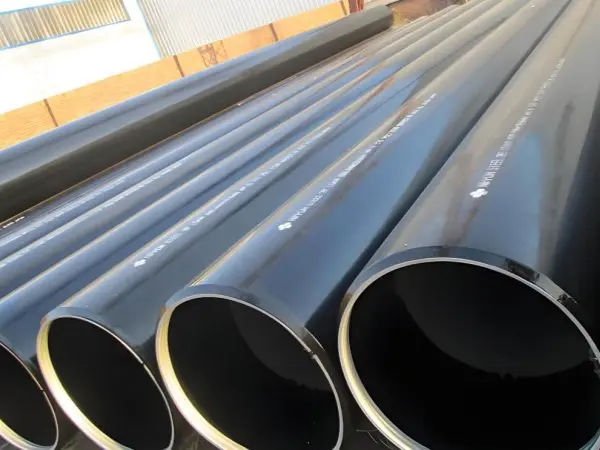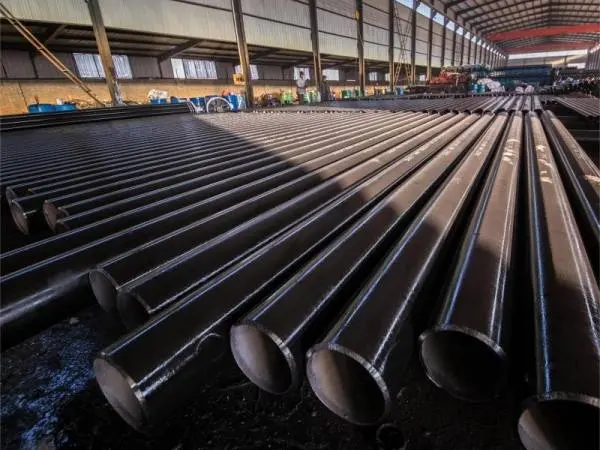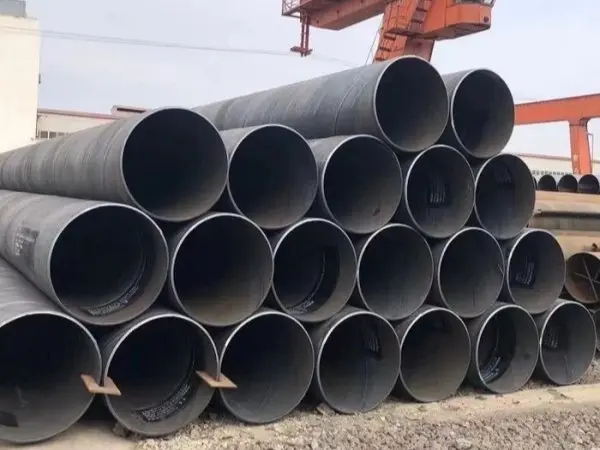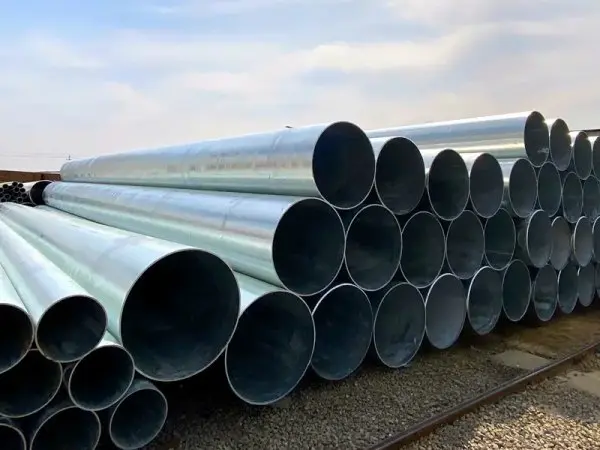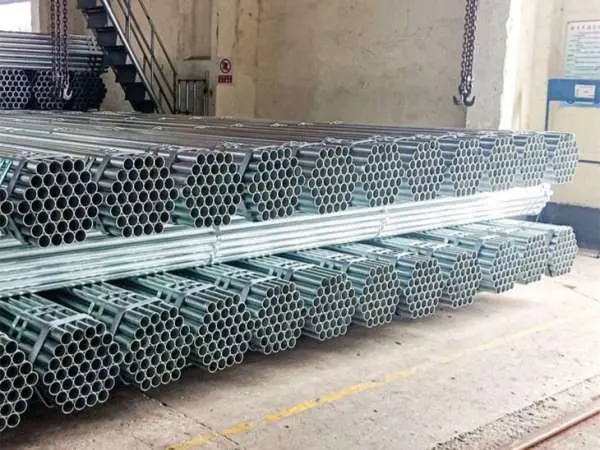- Phone0086 731 8564 8255
- E-mailsales@cscsteel-manufacturing.com
-

Welding quality inspection refers to the process of evaluating the welding quality of welded steel pipes by applying techniques such as investigation, observation, measurement, testing, and detection. This process ensures that the welds meet usage requirements, prevents the continued production of substandard welded steel pipes, and mitigates the risk of quality-related accidents.
Continental Steel Co., Ltd is professional welded steel pipes manufacturer, for more details, please contact:sales@cscsteel-manufacturing.com
Standard Scope of Post-Weld Inspection
Under typical circumstances, post-welding quality inspection of welded steel pipes includes the following:
Review of actual welding records
Inspection of weld appearance and dimensional conformity
Monitoring of post-weld and post-heat treatment processes
Testing of welded steel pipe weld test plates
Metallographic and fracture inspections
Non-destructive testing (NDT)
Pressure and density testing
Types of Weld Quality Inspections
Weld inspections for welded steel pipes are generally categorized into:
Visual Inspection
Non-Destructive Testing (NDT)
Destructive Testing of Weld Test Plates
The selection of inspection methods and items is based on factors such as the type of welded structure, service conditions, and its criticality. In principle, the inspection scope and methods must comply with relevant national standards, manufacturing specifications, or company-specific welding technical conditions. The exact inspection procedures are specified within the welding procedure specification (WPS).
Importance of Nondestructive Testing Procedures
For welded joints made of specific structural materials, non-destructive testing (NDT) is a crucial step in verifying weld integrity. For instance, welded joints in high-strength thick-walled steels with a yield strength of 460 MPa are prone to hydrogen-induced delayed cracking under certain working conditions. As a preventive measure, standards often require NDT to be conducted 48 hours after welding. Similarly, for materials with a risk of reheat cracking, welds must undergo a second round of NDT after post-weld stress relief treatment.
Since the effectiveness of inspection is closely tied to the welding process, the chosen NDT method and inspection timing must be explicitly outlined in the WPS.
Use of Welded Steel Pipe Test Plates
In applications where weld strength must match or exceed that of the base material—such as boilers, pressure vessels, and pipelines—welded steel pipe test plates are used to verify mechanical properties, chemical composition, and metallurgical structure. These test plates simulate actual production welding conditions more closely than general welding procedure qualification test plates, making them a reliable indicator of process validity.
If all test results are satisfactory, it confirms that the welding procedure is appropriate, effective, and reusable in production. However, in large-scale manufacturing, inspection failures of welded steel pipe test plates may occur. When this happens, a thorough root cause analysis must be carried out using additional tests. While errors may stem from incorrect use of structural or welding materials, issues often point to deficiencies in the welding process itself. If test outcomes indicate shortcomings in the procedure, the welding process specification should be revised accordingly.
